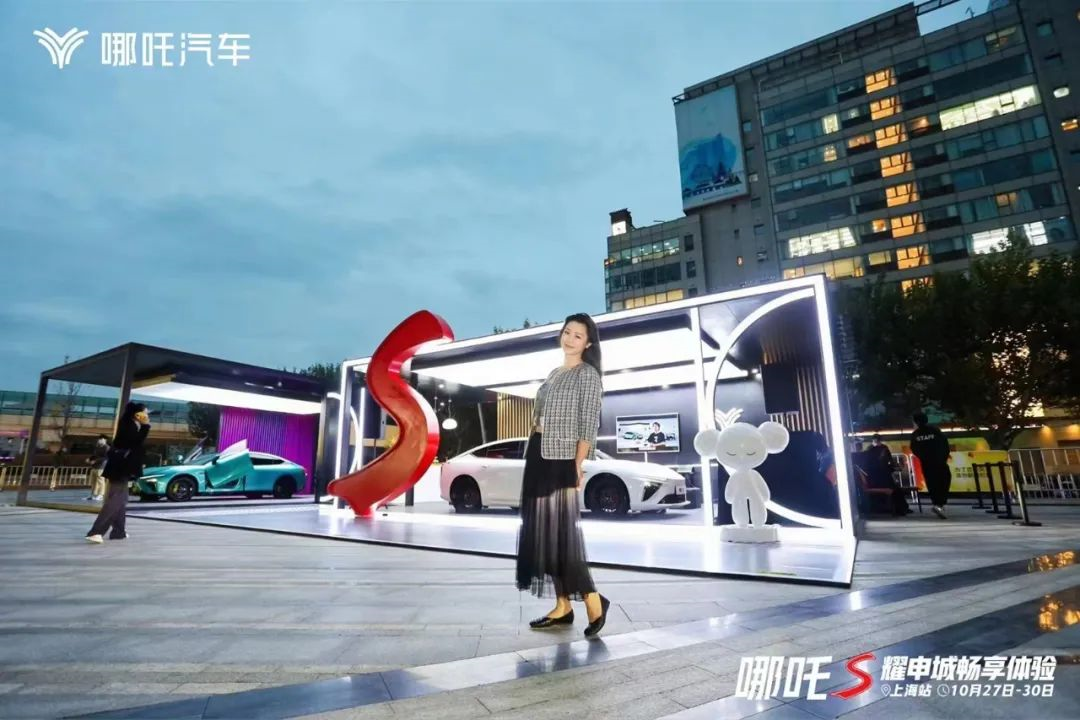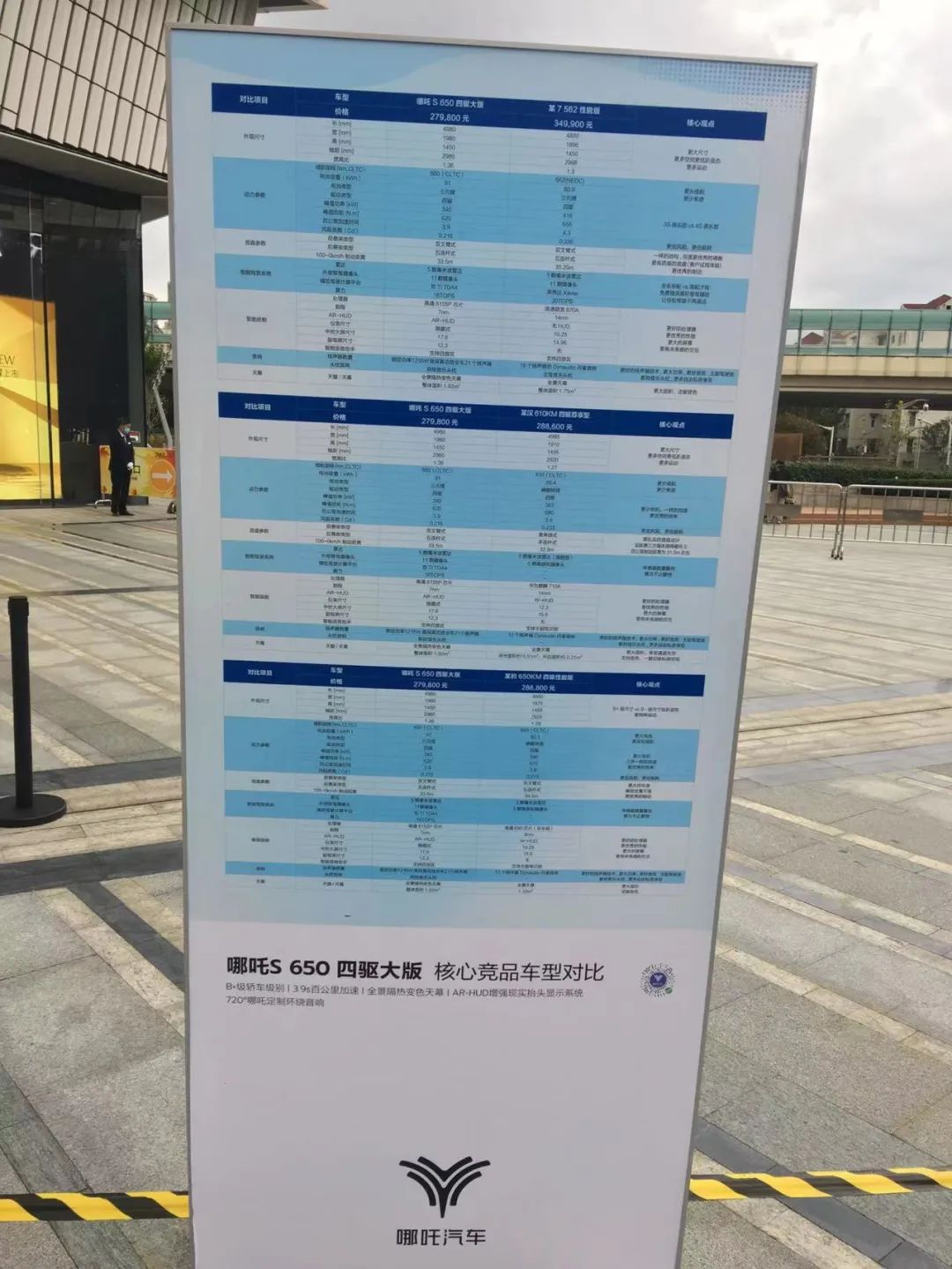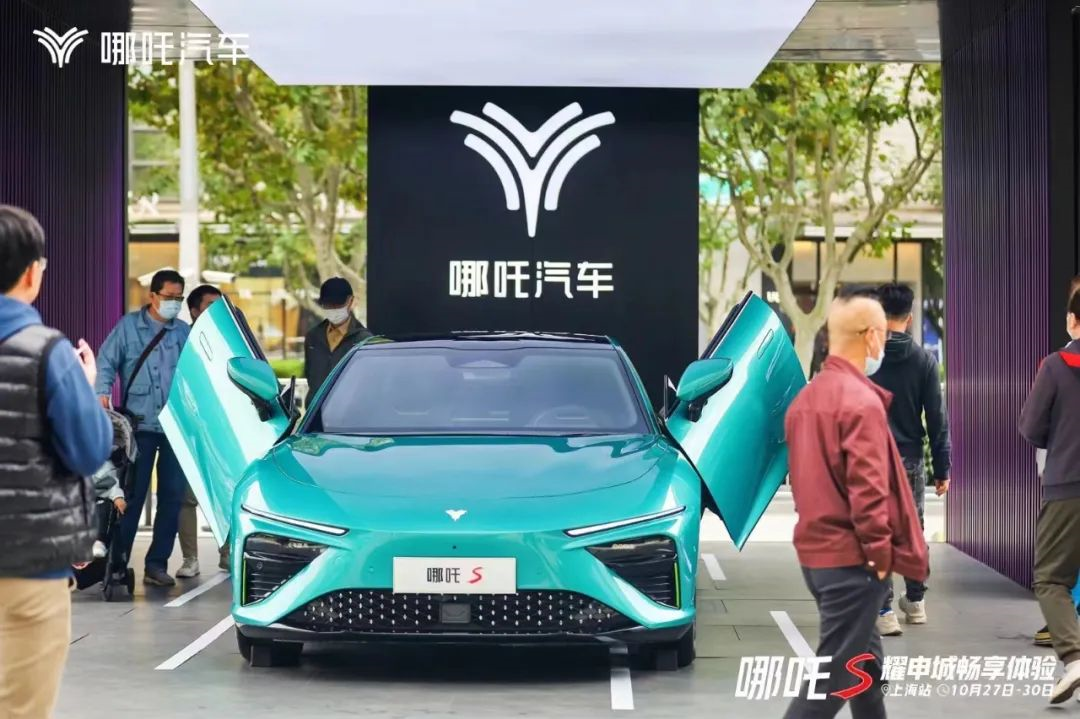Author: Feng Jingang
Yesterday, I attended the supermarket trade show held by NIO Automobile at the Jiuguang Center in Shanghai.
Those who are familiar with NIO should know that its previous channel layout was mainly in third- and fourth-tier cities, and the channel strength in first- and second-tier cities was relatively weak.
Now, with the launch of NIO’s mid-to-high-end models, such as the NIO S, it means that the first- and second-tier markets have become the territory that NIO must win.
This channel restructuring by NIO has been dubbed by the industry as “encircling the cities with the rural areas.” The supermarket trade show held yesterday was undoubtedly the implementation of this tactic.
Yes, the “revolution” has not yet succeeded, and NIO still needs to work hard.
Aggressively Attacking First- and Second-Tier Markets
Although NIO Automobile rose in the third- and fourth-tier markets, it has also partially laid out its business in the first- and second-tier markets.
The NIO Automobile store in Shanghai Hongqiao Tiandi is located next to the NIO Automobile headquarters, and its status is special. This is also a store that I have visited several times before. However, according to sales disclosed by the store, the benefits are not good, because it undertakes more of the responsibility for the brand image next to the headquarters.
In Shanghai, Hongqiao store is just a microcosm. The reason why NIO is struggling to adapt to the Shanghai market is due to the NIO brand and the choice of development path, as well as policy background.
At the beginning of last year, the industry rumour had it that Shanghai banned the registration of electric vehicles below 100,000 yuan, although there was no policy clarification, it was basically accepted by everyone. This meant that NIO’s V series originally on display in Hongqiao Store was removed, leaving only the U series. The investment in a single car’s benefits became more severe.
The NIO S has a price range of 199,800 to 338,800 yuan. As the new flagship of NIO, it is also a mid-to-high-end model. The best soil for its growth is undoubtedly the first- and second-tier cities, including Shanghai, and then it can better extend to other cities.
In order to capture this important territory, NIO began to hone its swords.
Li Minxue, the vice president of NIO’s marketing division, revealed to “Electric Force” that the scale of the supermarket trade show on the 27th was as high as hundreds of games, including 20 outdoor exhibition games, distributed in first- and second-tier cities across the country.On the 27th of October, in Shanghai, the sky was overcast, and the autumn wind was blowing gently. NETA Motors started a new round of acceleration in terminal marketing in first-tier and second-tier cities.

I asked on-site staff why they didn’t choose holidays when there were more people in supermarkets. He said that outdoor exhibitions were prohibited during holidays. The current plan for the Jiuguang Center is from the 27th to the 30th and includes a weekend.
What is a competitive exhibition?
As the name implies, competition is involved.
In this competitive exhibition at Jiuguang Center, the models on display included two NETA S and two NETA U. Among them, the NETA S・Yaoshì version, which occupies the C position, was the most attractive one on the street as soon as the scissor door was opened. In fact, it did attract a lot of onlookers.

The NETA ground promotion team made a poster showing the product comparison of the NETA S, certain Han models, certain 7s, and certain cheetahs. Obviously, the NETA S had a comprehensive advantage.

This advantage is not unexpected. Compared with the above-mentioned competitors, NETA S has disadvantages in unseen areas such as launch time and brand power. If its product strength was not superior, how would they compete? This is also NETA S’s living space.
In this competitive exhibition, NETA also invited several car owners to come over. Li Minxue asked one of the car owners why he chose the NETA S. The car owner said that the main reason was cost-effectiveness. I recorded an interview video, which you can watch below:
<video controls class="w-full" preload="metadata" poster="https://42how-com.oss-cn-beijing.aliyuncs.com/article/image_20221028143115.png">
<source src="https://upload.42how.com/temp/video_1666938663973.mp4">
</video>
The owner also added that the handling of the NIO ES8 is stronger than that of the BMW 3 Series.
In July, I experienced the NIO ES8 at Zhejiang Circuit and was impressed with its handling and other aspects.
In fact, the NIO ES8 is the second high-end sports car to descend from the racetrack, the other being the Tesla Model 3. The challenge on the racetrack also indicates NIO’s confidence in the performance of the ES8.
The History of NIO’s Distribution Channels
In this “channel upgrade” battle NIO has launched, what I am most concerned about is how NIO established itself in third- and fourth-tier cities, as this is where the company originated.
More than a year ago, I consulted with people from NIO about this issue, but unfortunately we didn’t come up with any results. This time, I seem to have found some answers.
At the event, I met Zhang Panpeng, the head of NIO’s Shanghai region, and we talked about the new energy market and the history of NIO’s distribution channels.
Before 2019, China’s new energy market was mainly driven by policies and subsidies, which led most new energy vehicle companies to target the B2B market. Starting in mid-2019, Internet car companies led by NIO began to tap the B2C market, and China’s new energy development began to shift from policy-driven to market-driven.For traditional car companies, such a transformation is a life-and-death struggle. Those who succeed in transforming can rise to the top, while those who fail will perish.
According to Zhang Panpeng, starting in 2020, NIO began to adjust its channels based on market conditions. For example, it proposed new assessments for dealers, emphasizing real C-end sales instead of wholesale volume.
In addition, in order to further transform into a user-oriented brand, NIO began to hold user activities in some cities.
NIO is fortunate. It successfully switched from B-end to C-end and became the top new force in July 2021 by surpassing XPeng.
Li Minxue revealed some data on the spot: in September, NIO delivered 18,005 vehicles, a new record high, with a year-on-year increase of 134%, achieving continuous year-on-year growth for 27 months. From January to September 2022, NIO delivered 111,190 vehicles, an increase of 168% year-on-year. As of September, the total number of NIO vehicles delivered has exceeded 200,000, achieving the “second 100,000” in just eight months.
Yes, NIO has run with a “NIO acceleration”. Obviously, all of these are closely related to the crucial and practical transformation two years ago.
I told Zhang Panpeng that start-up companies must consider cash flow, so this transformation was not easy at that time. As it turns out, practical NIO made the right bet.
As for those companies that are deeply trapped in the B-end market and have not successfully switched to the C-end market, no matter how brilliant they were in the past, they are now in a sorry state.
This once again proves that whether a company can do well in new energy vehicles has nothing to do with strength, but has to do with respect for the market.
This article is a translation by ChatGPT of a Chinese report from 42HOW. If you have any questions about it, please email bd@42how.com.
